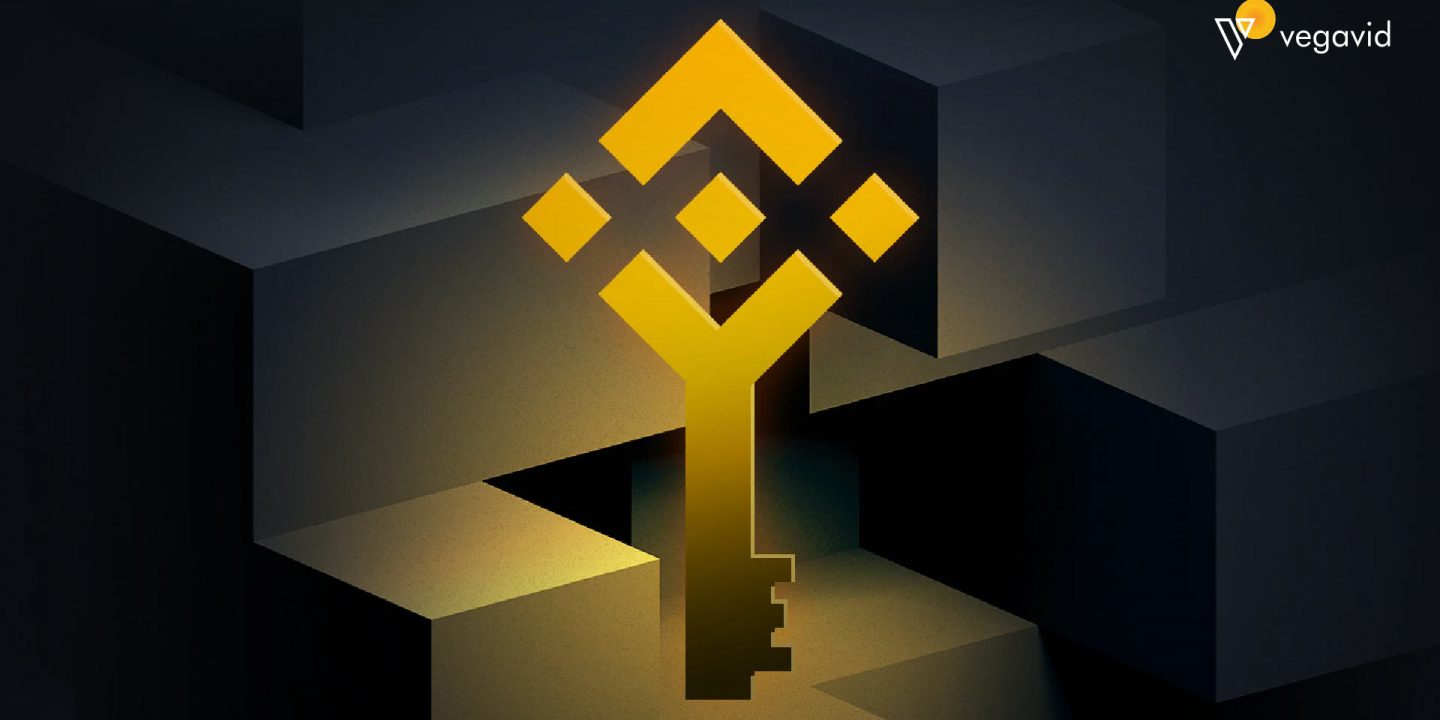
Binance Smart Chain (BSC) has seen tremendous growth over the past year as an Ethereum-compatible blockchain focused on scalability. With transaction fees a fraction of what one would pay on Ethereum, BSC has attracted both users and developers looking for cheaper and faster transactions. However, with this surge in popularity has also come increased complexity as more applications are built on top of BSC. In this guide, we aim to break down the key components of the Binance Smart Chain ecosystem in a clear and approachable way. By the end, you should have a solid foundation to understand this burgeoning blockchain network and how to best navigate the opportunities it presents.
Key differences between Binance Smart Chain and Ethereum
While Binance Smart Chain and Ethereum share similarities as EVM-compatible blockchains that allow the deployment of decentralized applications, there are also important technical differences between the two networks. Let’s explore some of the key variances:
- Block Times: Due to the PoS approach, BSC targets much faster 3-second block times on average compared to the current 15+ seconds for Ethereum. The shorter block times allow for quicker confirmation of transactions and improved user experience for applications. However, PoW is more decentralized while PoS provides better scalability.
- Transaction Finality: It takes just 3 block confirmations or around 9 seconds for a BSC transaction to be considered ‘final’ compared to Ethereum’s longer 6 confirmations or over 1 minute. The fast finality improves user experience and enables more reliable applications on BSC versus partially confirmed transactions on Ethereum.
- Fees & Costs: With faster transaction throughput, BSC transactions cost a fraction of Ethereum fees, which sees gas prices spike during periods of high network usage. At the time of writing, average BSC gas fees are below $0.01 while ETH gas can fluctuate between $0.1 to $10 depending on network demand. This makes BSC more accessible for lower-value applications and microtransactions.
- Network Architecture: Under the hood, BSC implements a dual-chain architecture with two blockchains – the main chain for value transfers and a side chain to handle complex computational tasks. Ethereum currently operates as a single unified blockchain. The separated architecture enhances scalability on BSC.
- Supply & Monetization: BSC has a capped circulating supply of around 175 million BNB compared to ETH’s indefinite inflation model. Transaction processing on BSC also generates some fees paid to validators in BNB. Ethereum’s future transition to PoS will introduce some issuance-based monetization.
- Governance: BSC is centrally managed by the Binance Exchange currently. Ethereum on the other hand progresses via community-driven research and upgrading proposals, though risks of contentious hard forks exist.
- Development Tools: Both support automated smart contract languages like Solidity, but Ethereum has a more mature ecosystem of frameworks, libraries, and developer tools established over the past years of its operations and network effects.
- Scalability Challenges: Ethereum’s challenges with scaling to mass adoption through ETH1.0 are well documented. BSC scaling depends on quick iteration supported by its centralized management structure compared to ETH upgrades requiring broad consensus.
Advantages of using Binance Smart Chain
The Binance Smart Chain offers many benefits for developers building decentralized apps and users interacting with them. With low fees, fast transaction speeds, EVM compatibility, and easy integration with other Binance products, BSC provides a compelling blockchain platform for the decentralized finance space.
- Low Transaction Costs: As a PoS blockchain, BSC is designed for efficiency and higher throughput compared to Ethereum’s PoW model. This enables transactions to be completed very quickly at a fraction of Ethereum’s gas fees, which is a major advantage for users and application developers. With costs often well below $0.01 per transaction, even microtransactions become economically viable on BSC.
- Fast Speed: Leveraging PoS consensus allows BSC to achieve a block times target of just 3 seconds on average. This provides near-instantaneous finality within a few seconds for users. Transactions complete much faster in comparison to Ethereum’s multi-second block times, improving the overall user experience for DeFi apps, games, payments, and more.
- Scalability: BSC’s dual-chain architecture separates the processing of complex computations from the value chain, enabling horizontal scalability. This distributed ledger structure has proven capable of handling thousands of transactions per second even during network congestion. As usage grows, BSC can continue upgrading to stay ahead of demand.
- Compatibility with Ethereum: Compatible with the EVM, Solidity smart contracts, tools, and frameworks created for Ethereum can be deployed on BSC with minimal changes, if any. Developers enjoy a familiar environment and can leverage existing skills and the broader open-source community, avoiding high switching costs. This significantly lowers the barriers for developers and businesses.
- Get Paid to Run a Node: BSC uses a PoS framework where holders of the BNB token can run full nodes to validate transactions and secure the network. In return, they receive block rewards in BNB. This provides an additional incentive for participation in consensus compared to only mining rewards on Ethereum currently.
- Portability of DApps: Apps deployed on BSC retain full interoperability to move to Ethereum later via bridges once ETH scales further. It gives developers an open choice to start on a functional platform with the flexibility to migrate seamlessly to wherever their target users and business needs are in the future. This “opt-in” approach de-risks early adoption.
- Low Barrier to Entry: Minimal infrastructure is required with BSC full nodes needing just 1,000 BNB staked worth around $200,000 currently. This is significantly lower than the costs to mine competitively or run an Ethereum validator/stake pool. As such BSC has enabled broader participation in its consensus.
- Backing from Binance: As the largest cryptocurrency exchange globally, Binance brings robust security and development support to BSC. It leverages Binance’s resources to deliver network enhancements rapidly while operating node infrastructure securely. This centralized management improves user experience in the short run.
- Vibrant Ecosystem: In under two years, BSC has established a massive decentralized application and DeFi ecosystem mirroring Ethereum’s. Important protocols have ported over like PancakeSwap, baking in strong network effects. Innovations are also emerging, further cementing its role as a programmable blockchain.
Setting Up Your Binance Smart Chain Wallet
This section will provide a brief guide to setting up your first Binance Smart Chain wallet. We will discuss what a BSC wallet is used for, and walk through the simple steps to install one of the most popular BSC wallet apps.
Choosing the right wallet for BSC
There are a few good wallet options compatible with the Binance Smart Chain network. The top choices are:
- Trust Wallet: A popular multi-coin wallet that supports BSC out of the box. Has a clean interface and is very easy to use.
- MetaMask: Another multi-coin wallet that requires adding the BSC network. More advanced features than Trust Wallet.
- Binance Chain Wallet: Owned by Binance, has close integration with BSC but is more limited than other options.
Step-by-step guide to creating a BSC wallet
Here are the basic steps to set up a BSC wallet with Trust Wallet:
- Download the Trust Wallet app from the App/Play Store.
- During setup, write down the recovery phrase and store it in a secure location.
- Click on “Tokens” and search for “Binance Smart Chain” to add the network.
- Select the network and click “Add” to complete the setup. You can now send and receive BEP-20 tokens.
Securing your wallet: best practices
Once your wallet is set up, follow these tips to keep your crypto secure:
- Do not share your recovery phrase with anyone claiming to be support staff.
- Enable fingerprint/face ID authentication if available.
- Log out of the wallet app when not in use.
- Keep your phone updated and only install apps from official stores.
- Move large holdings off exchanges and into a hardware wallet for long-term storage.
Security and Risks
BSC, like any other blockchain network, faces certain security risks that users need to be aware of. Here are some common security risks associated with using BSC, along with tips to avoid scams and steps to take in case of a breach.
Common Security Risks Associated with BSC
One of the biggest risks is the potential for hackers and bad actors to exploit vulnerabilities in smart contracts deployed on the blockchain. Since smart contracts are programs that run on the network without oversight, coding errors or bugs can be exploited to drain funds from projects. High-profile hacks on other blockchains have shown just how devastating these attacks can be.
Another risk comes from using decentralized applications (DApps) and wallets that have not been properly audited for security. Many fly-by-night DApps and wallets have been created solely to scam users. Interacting with untrusted DApps and storing funds in unverified wallets significantly increases the chances of theft or loss of funds.
Phishing attacks targeting users’ login credentials and private keys are also common on BSC. Cybercriminals frequently set up fake websites, apps, and social media accounts impersonating real projects and exchanges. Users need to be extremely careful about unsolicited emails, messages, and pop-ups requesting private info like mnemonic phrases.
Tips For Avoiding Scams And Fraud
To stay safe on BSC, some basic precautions users should take include:
- Only interact with verified smart contracts from trusted projects that have undergone third-party security audits.
- Use strong passwords and enable additional authentication like 2FA for accounts holding funds.
- Avoid interacting with DApps or connecting a wallet without first verifying the source on the official website.
- Never enter private keys, recovery phrases, or personal details in response to random messages or pop-ups.
- Be wary of unbelievable promises of huge returns in a short period which are signs of a scam.
- Always check the URL, and look for improper grammar/spelling before entering sensitive info on any website.
- Use a hardware wallet for maximum security when holding large sums of crypto worth protecting.
Steps To Take In Case Of A Security Breach
If users do experience a potential breach like missing funds, the following steps can help:
- Immediately log in and do not access the wallet from the same device in case of malware.
- Report the theft on blockchain explorers to blacklist stolen crypto.
- File a complaint on platforms like CryptoSec to alert others.
- Change all associated passwords and enable 2FA wherever possible.
- Reset the wallet by creating a new seed phrase if private keys may have been compromised.
- As a last resort, try tracing the stolen funds on chain analytics services to see if they can be recovered.
Following basic security practices and staying alert to potential scams go a long way in protecting oneself while participating in the BSC ecosystem. With growing adoption also comes greater responsibility on users to handle digital assets with care.
Conclusion
Binance Smart Chain represents an exciting frontier for blockchain innovation by demonstrating how scalability can help drive mainstream adoption. As more projects, tokens, and services are built out across DeFi, NFTs, and other domains on BSC, there remains huge potential for continued growth and value creation if on-chain governance can effectively balance short-term commercial interests with the long-term aims of decentralization and open access. For users, BSC lowers the barriers to experiencing exciting new applications of blockchain technology through far lower costs. While centralized elements do raise valid concerns, competition between chains will hopefully encourage positive reform over time. Overall, BSC shows how scalable layers can extend the reach of blockchain, and its expanding ecosystem merits continued study.











